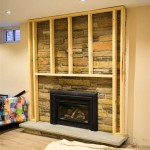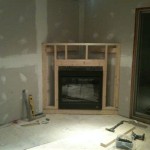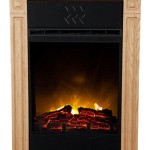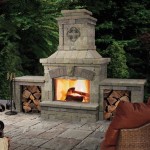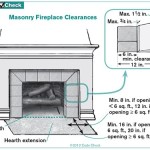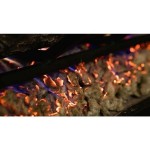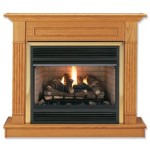Propane Tank Regulator For Fireplace: Essential Considerations
Propane fireplaces offer a convenient and efficient way to add warmth and ambiance to your home. To ensure safe and optimal performance, a propane tank regulator is a crucial component. Here are the essential aspects to consider when selecting and using a propane tank regulator for your fireplace:
1. Pressure Regulation
The primary function of a propane tank regulator is to regulate the flow of propane and maintain a constant pressure. Most fireplace regulators are designed to deliver a specific output pressure, typically between 0.4 and 0.6 inches water column (WC).
2. Type of Regulator
There are two main types of propane tank regulators: single-stage and two-stage. Single-stage regulators reduce the pressure from the tank to the desired output pressure in a single step. Two-stage regulators have an additional stage that further reduces the pressure, providing more precise control. Two-stage regulators are generally preferred for fireplaces due to their improved efficiency and safety.
3. Flow Rate
The flow rate of the regulator indicates the maximum amount of propane it can deliver at a given pressure. The flow rate must be sufficient to meet the demand of the fireplace burner. Insufficient flow rate can lead to fluctuating burner performance or even failure.
4. Safety Features
Propane tank regulators incorporate safety features to prevent accidents and malfunctions. Essential safety features include an automatic shut-off valve that triggers if pressure drops below a safe level, a relief valve that releases excess pressure, and a thermal protection system to prevent overheating.
5. Compatibility
Ensure the propane tank regulator is compatible with the type of propane tank you are using. There are two main types of propane tanks: DOT (Department of Transportation) and ASME (American Society of Mechanical Engineers). Regulators are specifically designed to work with either DOT or ASME tanks.
6. Installation
Proper installation of the propane tank regulator is critical for safety and performance. Follow the manufacturer's instructions carefully and ensure the regulator is connected to the tank and fireplace burner securely. Use appropriate fittings and sealant to prevent leaks.
7. Maintenance
Regular maintenance is essential to extend the life and ensure the safety of your propane tank regulator. Regularly inspect the regulator for damage, leaks, or corrosion. If any issues are identified, have the regulator replaced by a qualified technician.
Conclusion
Selecting and using the right propane tank regulator for your fireplace is crucial for safe and efficient operation. Consider factors such as pressure regulation, type of regulator, flow rate, safety features, compatibility, installation, and maintenance. By adhering to these guidelines, you can enjoy the warmth and comfort of your propane fireplace with peace of mind.

Liquid Propane Regulator Fireboulder Com Natural Stone Fire Pits Fireplaces And More

Hpc Fire 20 Lb Propane Lp Tank Regulator Kit And 12 Foot Hose

10ft Two Stage Propane Regulator Hose 100 Lb Tank With Standard P O L And 3 8 In Female For Rv Grill Gas Stove Range Com

10ft Two Stage Propane Regulator Hose 100 Lb Tank With Standard P O L And 3 8 In Female For Rv Grill Gas Stove Range Com

Large 90k Btu Propane Tank Conversion Kit Woodland Direct

Adjustable High Pressure Heater Firepit Oven Propane Regulator Gas Hose With Flexible Stainless Braided For Stove Fireplace China Kitchen Appliance Equipment Made In Com

What Type Of Regulators For A Propane Fireplace All Valley Repair

Marshall Excelsior Megr 230 140 000 Btu Hr Propane Lpg Gas Regulator

150k Btu Propane Gas Fireplace Fire Pit Valve Control System Regulator Adapter

